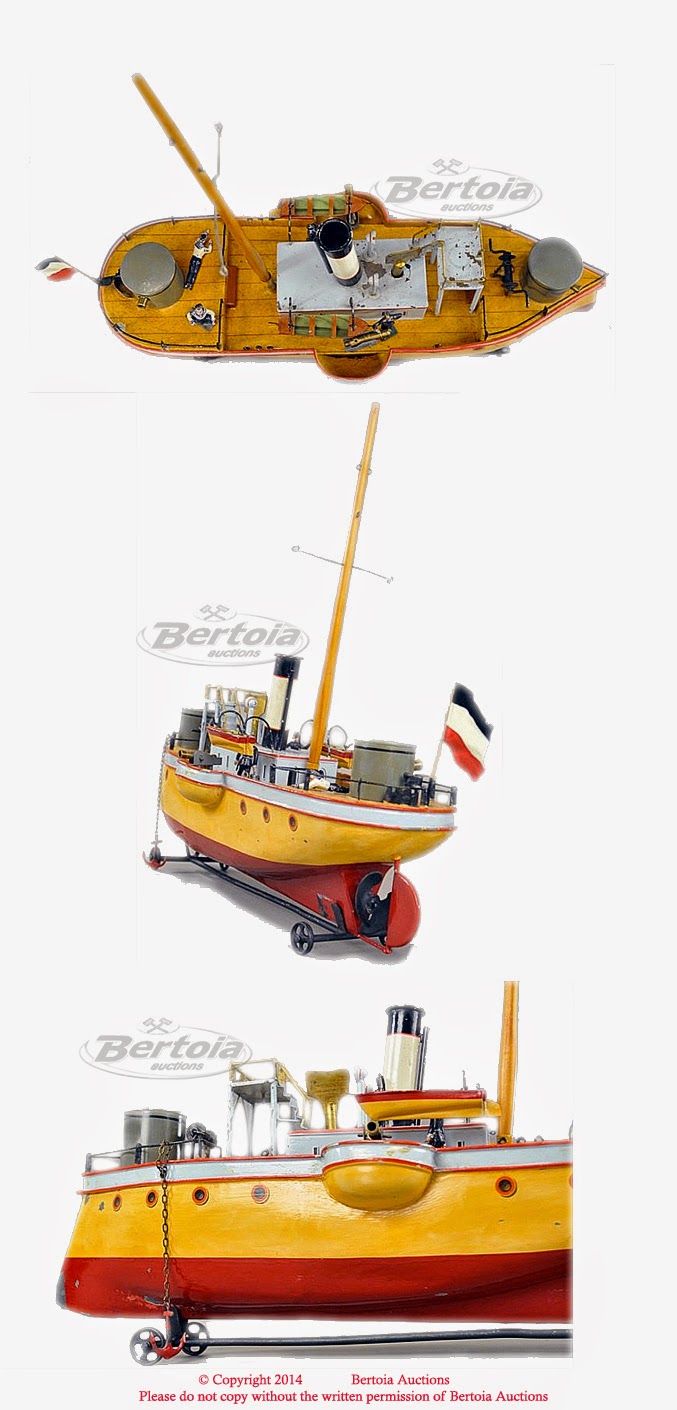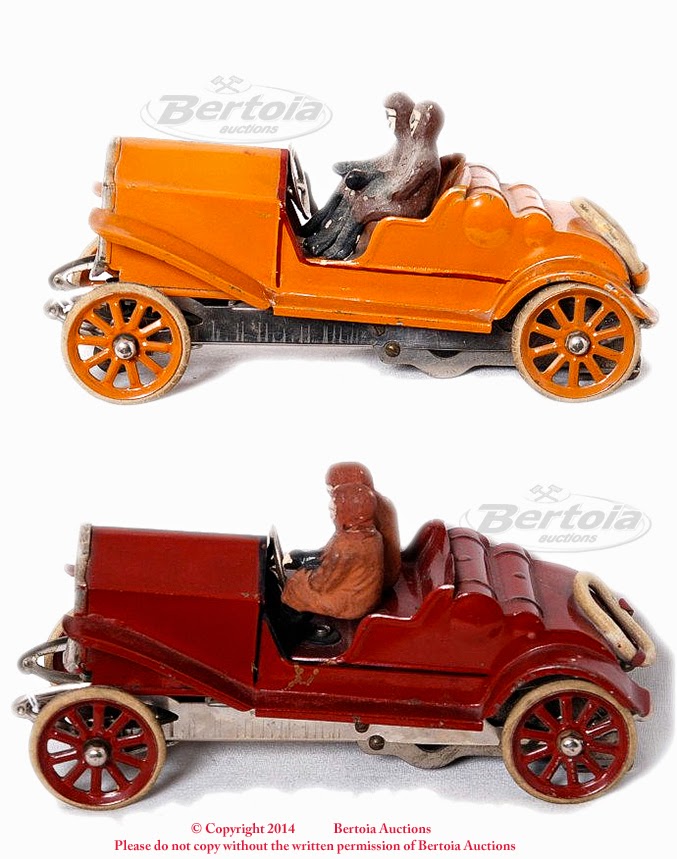Thursday, July, 31, 2014
Starting out sunny with some cloud
Starting out sunny with some cloud
Rare Buddy "L" Wooden Toys
from the War Years (WWII)
It's easy for us to take thing for granted in North America and Europe. However, during WWII conditions were a lot different. The world was at war for the second time, and rationing occurred in North America for the war effort. Of course, all of Europe was in great danger. When I walk our dog Buddy every morning, there's not a day that does;t go by where I don't pick up screws that fell off cars, or aluminum soft drink cans that people throw on the streets. Yet during WWII, the American toy industry had rationing, and many toys had to be made of wood.
I wrote 1 post about a wood toy from the WWII era, but I always kept the idea of posting again. So when I saw someone on ebay having sold 3 American WWII era wood toys, I know that was going to be my post for today, if of course, the seller agreed. The seller is Mr. Shawn Hartman who goes by the name of Shawniern on ebay. However, he is selling the toys on behalf of his father, Mr. Mark Hartman, who goes by the name of toyman1955. I ended up writing both men, and eventually got the permission- from both.
The Buddy "L" company, like most early -American companies produced fine pressed steel toys that still are in big demand today. The company called the Moline Pressed Steel Company, was located in Moline, Illinois and started in 1910 by Mr. Fred Lundahl. Originally, the company produced fender and other body parts for the car industry, and parts for McCormick-Deering (farm machinery) , and truck parts for the International Harvester Company. Toys started to be produced in 1921.Rhe first toy was made of scrap toy parts for his son Buddy, and soon after Mr. Lundahl made pressed steel toys until the Buddy 'L' name with the logo "toys for boys. Many of the toys were large enough for children to ride on, and others wet pull toys that were pulled with a string. The company did well until the Great Depression,when Mr. Lundahl had to sell the company.
I like these wooden toys, especially the Ice truck below. It's pure design with futuristic looking design. (at that time)
For a wooden toy, this Pepsi-Cola deliver truck has lots of hands-on features, with the side doors and the back doors being able to be opened and closed.
What's interesting to see is that these toys are still in playable condition after 60+ years old.
It does;t surprise me because they were well made. Even the hubcaps have not rusted or fallen off, and the axles on the undersides of the 3 trucks are still intact!
This "woody" as the real type of car (station wagon) was called in certainly a nice collectible. The "real" car of the time had a rounded back that opened up. However, I'm sure, time and cost to produce the rounded rear door made the toy modification.
What I like about the toy is the contrast of the rounded and straight surfaces and edges,
which work very well together. What's also interesting that although the Buddy 'L' company had to many toys from wood, they at didn't stop them from keeping the size of their toys large.
Thanks for visiting,
and as always,
have a great part of the day or night,
wherever you may be,
Stacey.
toysearcher@gmail.com















































